
Seemingly against all odds, it looks like the United States will reopen by July 4th. Once again, we’ll be able to gather in restaurants, go to parties, and perhaps even return to the office. In the last year, getting dressed has been so unsatisfying if you’re only putting on clothes for a few hours. In one of my favorite essays published in the previous year, New Yorker contributor Rachel Syme put it best. “The only time I dress up in ‘outdoors’ clothing now is to hop into a Zoom meeting,” she wrote of the unsatisfying act. “I toss on a satiny blouse, big earrings, and a swipe of red lipstick, but my heart isn’t fully in it. Is an outfit still stylish if it is only a simulacrum of what you would wear to go somewhere (and if you rip it off right after the call ends and change into a stained sweatshirt?). Fashion, for me, has always been about the experience of moving through the world in clothes.”
But soon, millions of Americans will return to public life. For the clothing obsessed, this means the opportunity to truly get dressed again. If you yearn for the feeling of wearing real clothes, but have settled into a routine of putting on sweatpants and three-day-old t-shirts, here’s a guide on how to dress for the spaces and occasions that have disappeared from our lives in the last year. From the formal to casual, this guide covers everything from how to dress for fine dining restaurants to pool parties.
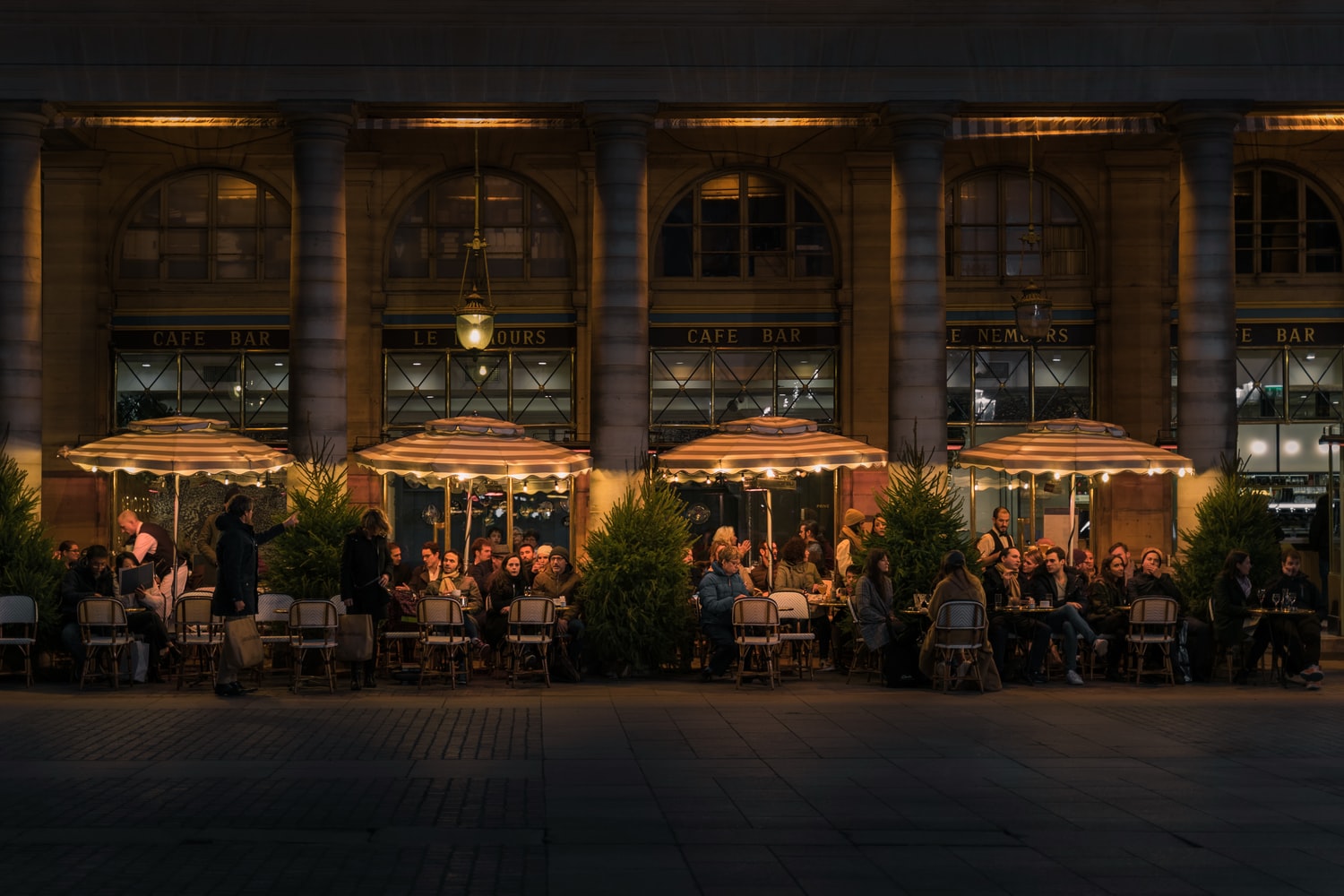
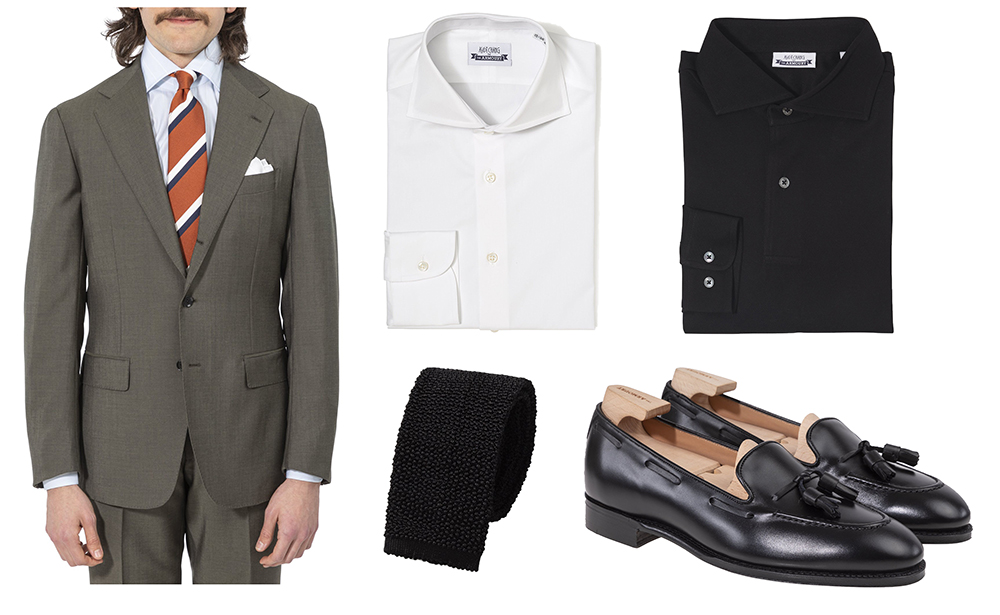
Dressy Evening
Settings: Dinner and drinks at upscale establishments, seated performances in the evening, and any time you want to dress up
There are only a handful of restaurants left in the United States that require patrons to wear a coat-and-tie. Even in New York City, arguably the largest fine dining scene in the country, there are fewer than ten such places. Even among those establishments, the rules are rarely enforced. But if you’re going somewhere fancy for the evening — say, to a ticketed show, an upscale restaurant, or a fancy bar — it still feels nice to dress up. For most men, there are so few opportunities anymore to wear a suit for celebratory reasons. Why not take advantage of the occasion?
A wool-mohair suit is perfect for this kind of thing. Mohair is a crisp, dry fiber with a slight sheen. It catches the light in all the right ways and looks tremendous at night, especially under artificial light in dimly lit bars and restaurants. When you close your eyes and image restaurant scenes in the 1960s or ‘80s, you often think of mohair suits even if you don’t know the term. Plus, mohair fabrics are typically made with an open weave. They’re favored in the summertime because of how well they deal with the heat and humidity. I also like them for crowded indoor events for this reason. Along with being the perfect restaurant or bar suit, it’s great for things such as art shows, film screenings, after parties, or any time you want to dress up for an indoor event.
The Armoury has a wool-mohair suit in what I think is the perfect shade of green. It has a slight grey cast, making it more conservative and easier to wear (mohair suits also do well in evening colors such as midnight blue and gray). This specific suit comes in The Armoury’s exclusive Model 3 cut. Manufactured by Ring Jacket in Japan, this cut has an extended shoulder line, a slightly fuller chest, and a very soft construction (there’s no shoulder pad, just a canvas that extends over the shoulder). You can wear this suit with a stark white shirt, black knit tie, and some black tassel loafers. Alternatively, you can also dress it down with a long-sleeved polo in white or black. Finish the look off with a neatly folded, white pocket square from our shop. The Armoury co-founder Mark Cho models this suit well on YouTube.
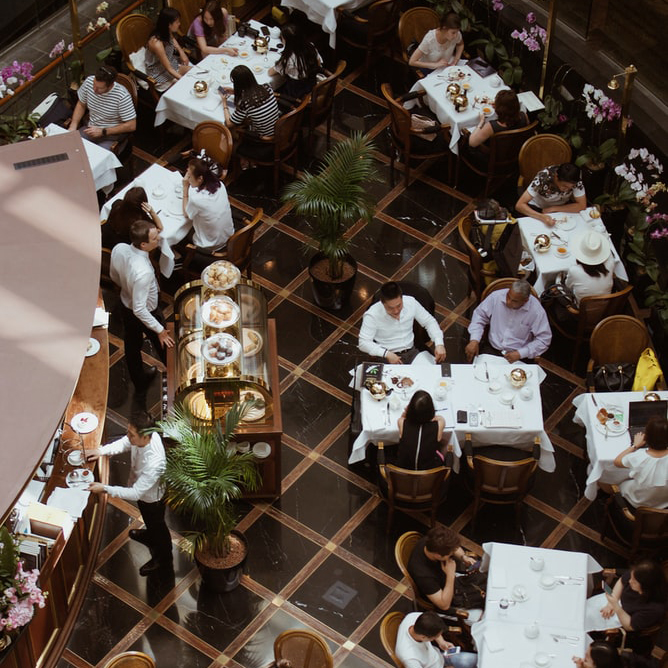
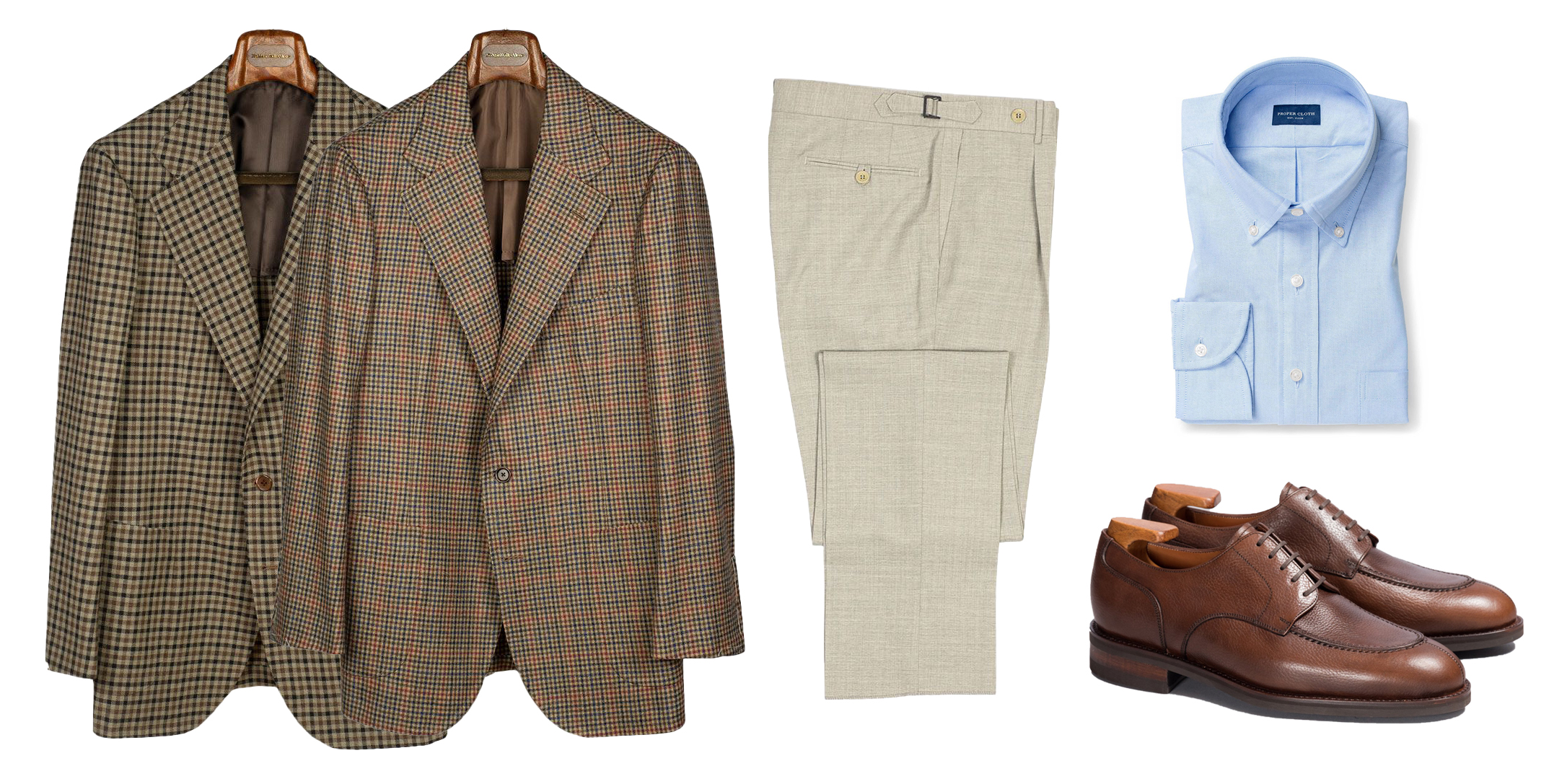
Semi-Dressy Afternoon
Settings: Upscale restaurants and bars, art shows, museums, film screenings, seated events, day trips in the city, shopping downtown, and any time you want to dress up
If a suit feels too formal, you can always dress things down with a sport coat. By now, most Put This On readers will be familiar with the language of tailored clothing. Sport coats are inherently more casual than suits, and can be made to look more casual still if they’re softly tailored and feature details such as patch pockets. You can also play around with the textures, colors, and patterns in an outfit. Think of how a checked brown sport coat looks more casual than a solid navy jacket, or how a colorful striped shirt looks more casual than one in stark white poplin.
For a fun afternoon outfit, try dialing back all the colors. You can wear a tan checked sport coat instead of your usual navy, ivory trousers instead of grey, and tan shoes instead of dark brown. In this way, the colors in your outfit reflect the season (spring/summer) and time of day (afternoon). It will also look more interesting than your usual grey-and-navy combinations.
No Man Walks Alone has two great options right now: a tan Fox Air cloth with a grayish-brown check and then a tan Holland & Sherry gun club. Like The Armoury’s Model 3, No Man Walks Alone’s Sartoria Carrara jackets have an extended shoulder line, a slightly fuller chest, and very soft construction. However, they also have a slightly lowered gorge. The gorge, for those unfamiliar, is the seam that connects the collar to the lapel. It helps determine the placement and shape of the lapel’s notch. By having a lower gorge, No Man Walks Alone’s jackets look a little more old school. Mitchell at Menswear Musings has some good photos of how these jackets look when worn.
The tan gun club would do well in the early spring months, when you want some of the echos of autumnal tweed, but rendered in a fabric that’s lighter and more comfortable to wear. The Fox Air sport coat, on the other hand, would be better in the summertime when you’ll appreciate the breathability of that open-weave wool. Both can be worn with these oatmeal-colored Rota tropical wool trousers, a light blue Proper Cloth oxford button-down, and some grained Löf & Tung split toes. Wear this in the afternoon to upscale bars, restaurants, and shopping districts when a suit feels too formal.
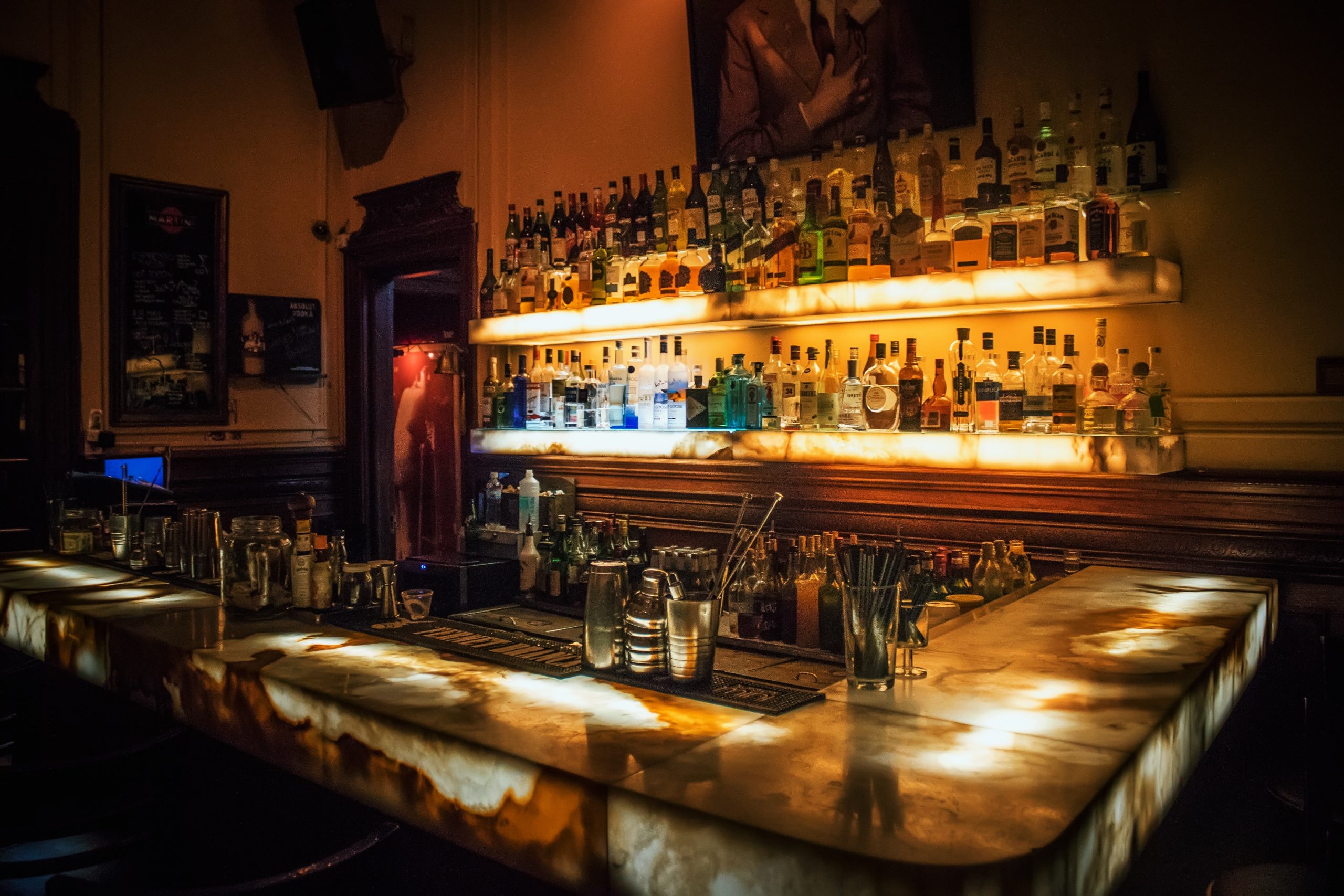
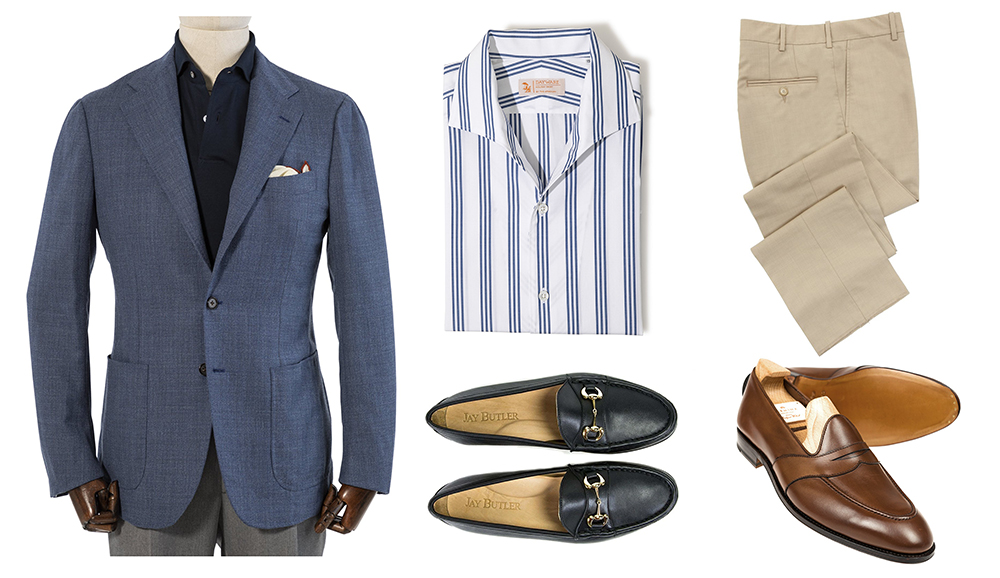
Semi-Dressy Evening
Settings: Going to the city with expectations to get dinner or drinks in the evening, attending seated events, a night on the town, hotel bars, rooftop bars, fancy parties, and any time you want to dress up for the evening
Since the suit was born in London, we get our language of classic men’s dress from Britain. Historically, British men of a certain social class had a wardrobe that was divided between town and country. When relaxing or hunting in the countryside, they sported tweeds, brogues, and tattersall shirts. When doing business in the city, they wore dark worsted suits, black oxfords, and white shirts. This is where we get the phrase, “no brown in town” (town meaning London). These items used to be so firmly planted in their social environments, they never crossed that dividing line.
No one really follows these rules anymore, but this history casts a long shadow on how we interpret colors, patterns, and textures. This is why smooth, black calf leather is considered more formal than brown pebble grain. Or why navy sport coats look smarter than brown tweeds. When putting together a tailored outfit, an understanding of this history can help you create coherent combinations and achieve different effects.
For example, when going out in the evening in a sport coat, it can be nice to wear something more “citified.” Evening events often feel a little more formal than their afternoon counterparts, so it can good to wear something that feels a little more refined. The Armoury’s slate blue sport coat is perfect for this sort of thing. When paired with a navy polo, mid-gray trousers, and a pair of black horsebit loafers, this can be something you wear in the evening to upscale bars, restaurants, theatre shows, or even parties. If you’re going out in the afternoon and know you’ll be getting drinks at night, I would do something that straddles the two time periods — the same slate blue sport coat with khaki chinos, a striped holiday collar shirt, and some brown penny loafers. The mid-blue sport coat will feel a little more at home in a dimly lit bar than a brown tweed.
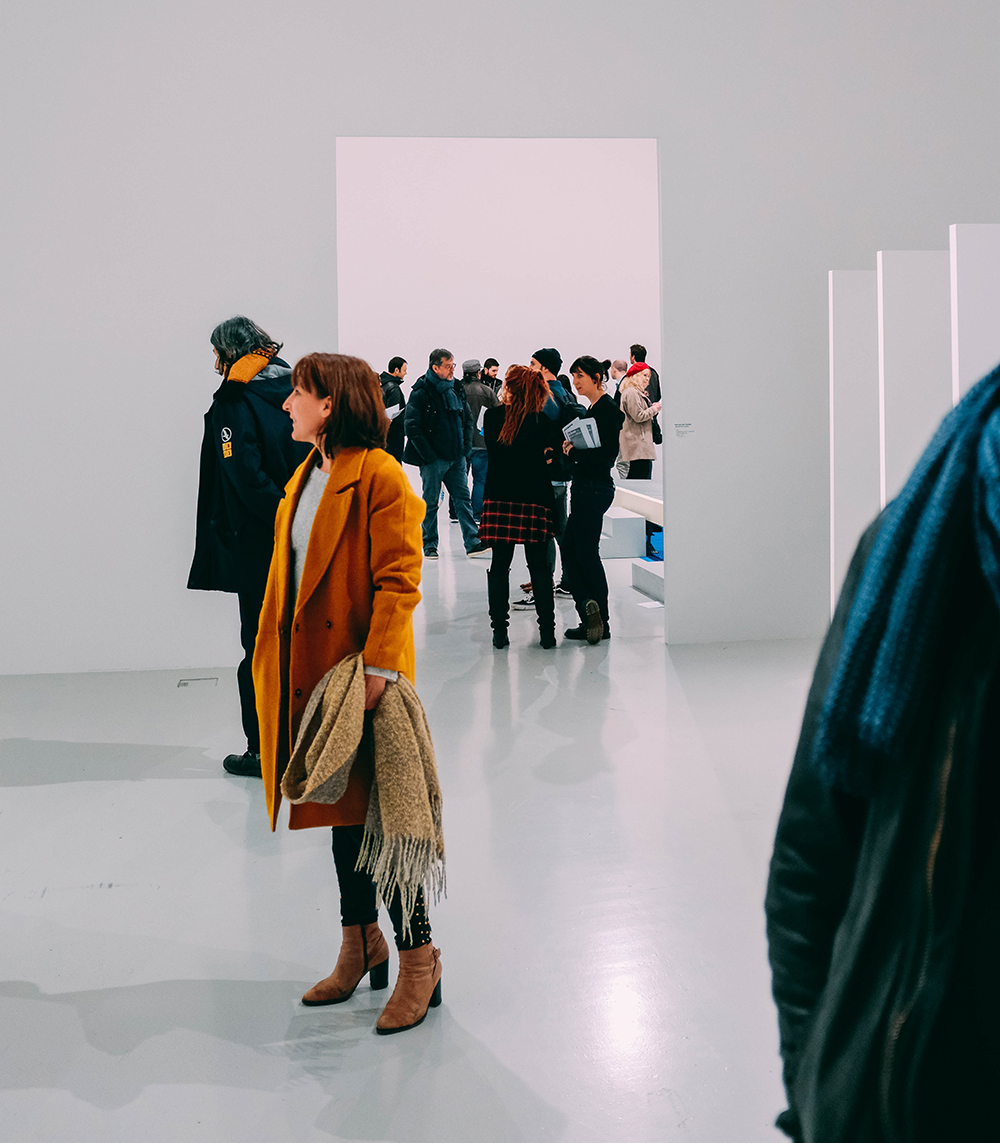
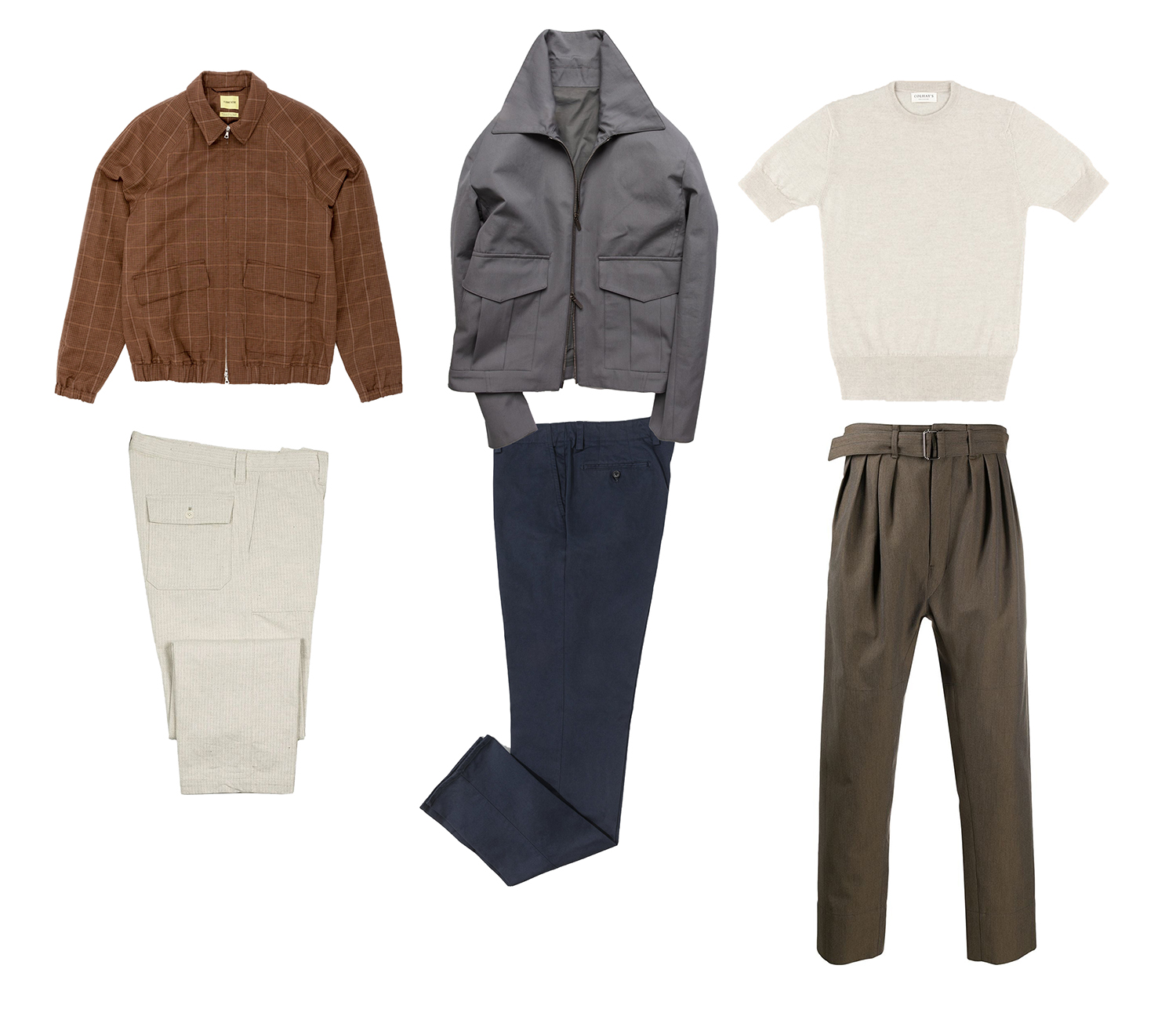
Smart Casual
Settings: Museums, art galleries, film screenings, first dates, shopping, seated performances, and eating or drinking at upscale, but casual establishments
A step down further on the formality spectrum is what some call “smart casual.” This look often gets expressed in very conservative ways — a light blue oxford cloth shirt or long-sleeved polo paired with linen or tropical wool trousers. Shoes are usually classic, such as loafers or derbies. To be sure, there’s nothing wrong with this outfit, but it often feels a little too close to business casual to be inspiring. To help elevate things, try layering a shirt jacket or a safari jacket. In the last five years, clothiers such as The Armoury, Lutays, Drake’s, G. Inglese, and Besnard have all come out with their versions, each of which can help “finish” that look.
You can push things further by wearing slightly more directional pieces without losing the refinement many people find appealing in “dressy” clothes. For example, De Bonne Facture specializes in simple, serene clothes with a strong focus on quality materials. Their organic cotton “architect jacket” and taupe plaid “painter jacket” look like more sophisticated versions of the iconic French chore coat. They also have an elegant golf jacket that you can pair with a tucked white t-shirt, a thin brown belt, a pair of ivory ts(s) fatigues, and some all-white sneakers. The Coolest Man You Know, a menswear shop based in Paris, has some great photos of that golf jacket being worn.
Stoffa is also wonderful for this slightly directional “smart casual” look. Their cropped flight jacket has distinctive hip pockets, a two-way zipper, and a soft, large collar that looks tremendous when popped from the back. This is the kind of directional, but reasonably classic design that’s hard to find from more traditional clothiers. You can pair it with your regular choices in tailored trousers and semi-casual footwear, such as The Armoury’s navy sport chinos and some unlined Meermin loafers.
For something a little more adventurous, try a pair of drapey, wide-legged trousers. Lemaire is arguably the best for this sort of style. As the former artistic director at Hermes, Lemaire excels at sourcing materials and creating just-right patterns. Somehow, his clothes always fit, move, and drape in the right ways. This is especially true of his wide-legged trousers, which have all the elegance of 1980s Armani, but none of the 1990s baggage. This season, he has self-belted trousers in walnut brown (insanely expensive) and carbon grey (on sale and much more affordable). You can pair these with Colhay’s vintage-inspired “sports sweater.” The short, ribbed sleeves and wide, ribbed waistband can help you create a slightly more interesting look without the use of outerwear. Beam’s linen camp collar shirts or Stoffa’s big-pocketed sport shirts would also work well.
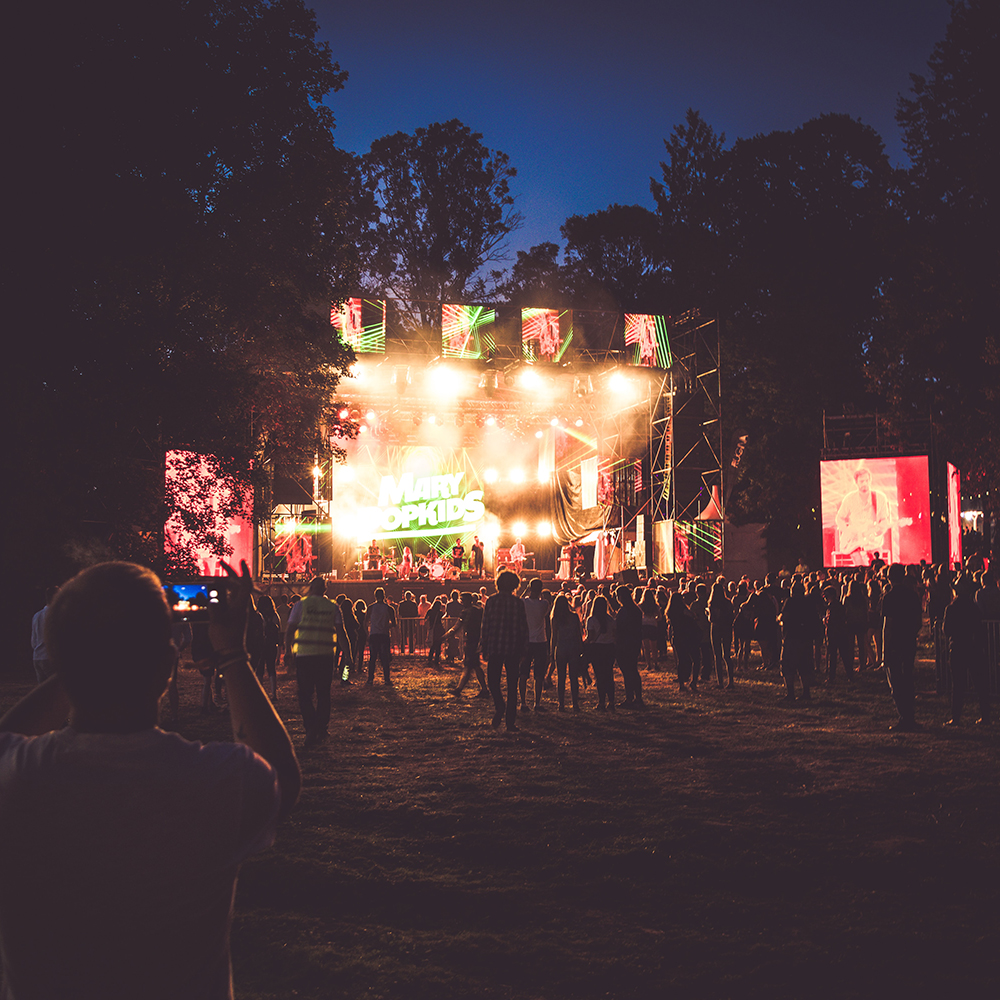
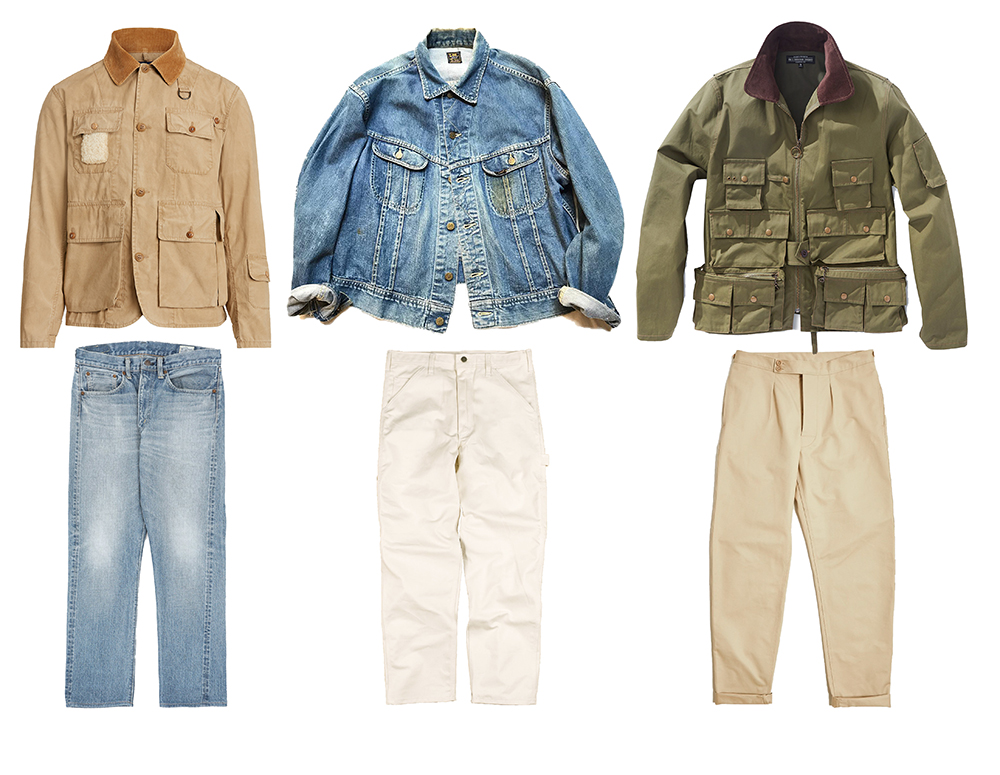
Workwear
Settings: Outdoor performances, festivals, dive bars, spectator sports, picnics in the park, flea markets, zoos, aquariums, and lazy days when you don’t want to worry about your clothes
“Smart casual” can be great when you want a more casual alternative to sport coats. But dressy casualwear often requires some maintenance, such as ironing and dry cleaning. Depending on your activities for the day, you may also not want to have to worry about dirty hands, grass stains, or errant food drippings. For fuss-free clothes you can wear and feel good about, workwear makes for a great casual uniform. These better-with-age clothes are rugged, durable, geographically neutral, and play well into most people’s lifestyles. You can wear these for outdoor festivals, picnics in the park, or spectator sports. Since workwear jackets often have ample pocket space, they’re also good for rummaging through flea markets (a great summertime activity).
There are a few staples that go into this uniform. It helps to have some raw denim jeans, a stack of flannel shirts, and a pair of reliable, but stylish work boots. Classic outerwear choices include olive field jackets, blue chore coats, and denim truckers. I also like plain white and printed tees, especially those from 3sixteen, Lady White, and Imogene + Willie. They have small details, such as the unique pockets or triple-stitched, never-sag collars, which help them slot in better with a workwear uniform. And it helps to have a sweatshirt you can wear when knocking around. Buzz Rickson makes my favorite, but Wallace & Barnes is arguably the best value for money.
There are also some unique outerwear options this season. Ralph Lauren has a tan wading jacket that’s finished with a corduroy collar, a shearling patch, and a half-belted back. J. Peterman has a fishing jacket and a British SBS canoe smock (one of my favorite designs from Wallace & Barnes, back when they still sold it). You can wear these with any number of pant options: vintage Levi’s 501s (search for the ones made in the USA), Dickie’s painter pants, Stan Ray’s fatigues or painter pants, RRL’s officer chinos, or Sid Mashburn’s five-pocket cords. Nigel Cabourn, a sponsor on this site, also makes a pleated chino with a roomy top block — a cut that’s surprisingly hard to find in today’s slim-fit world, but looks refreshingly stylish and feels exceptionally comfortable.
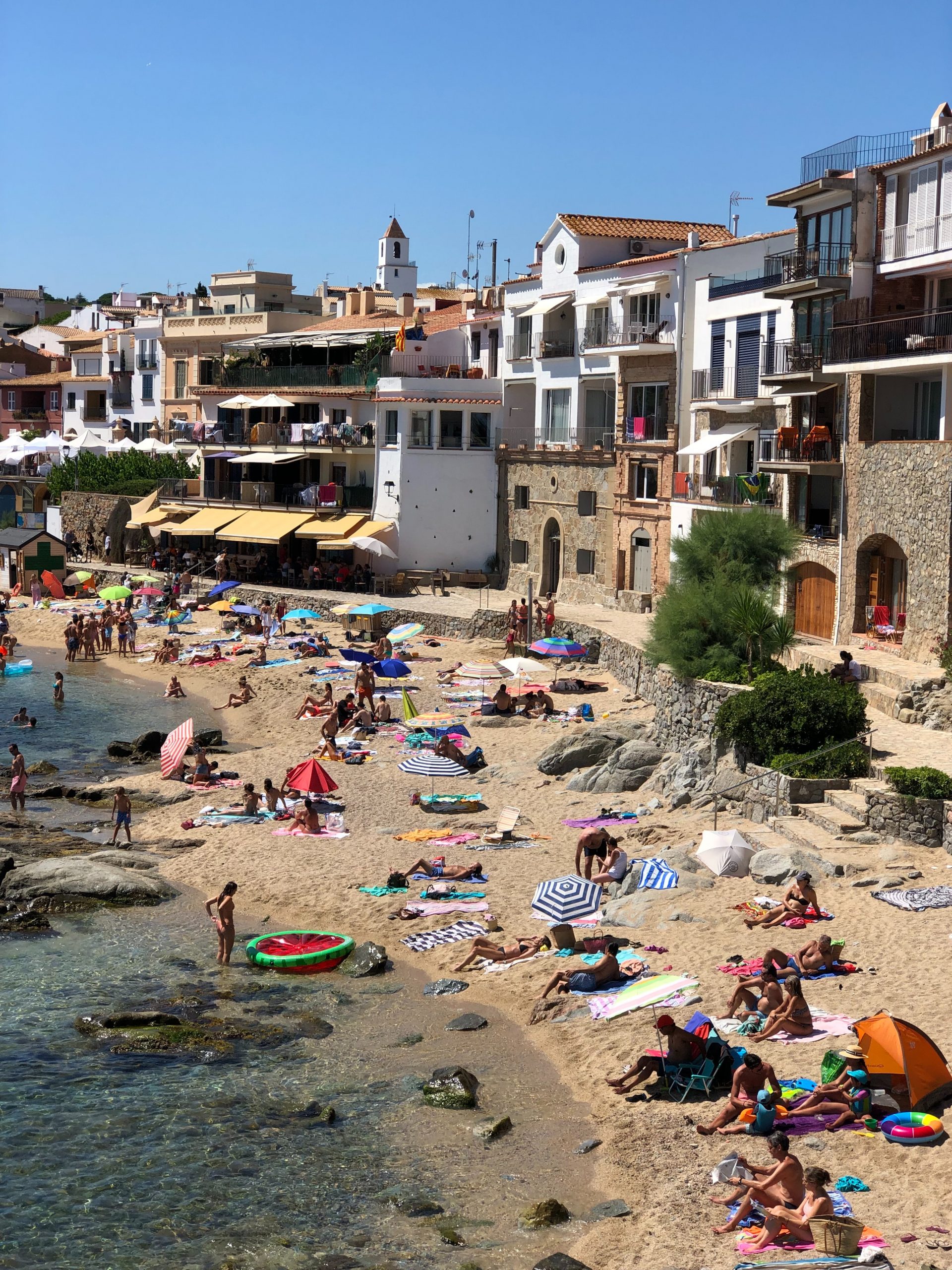
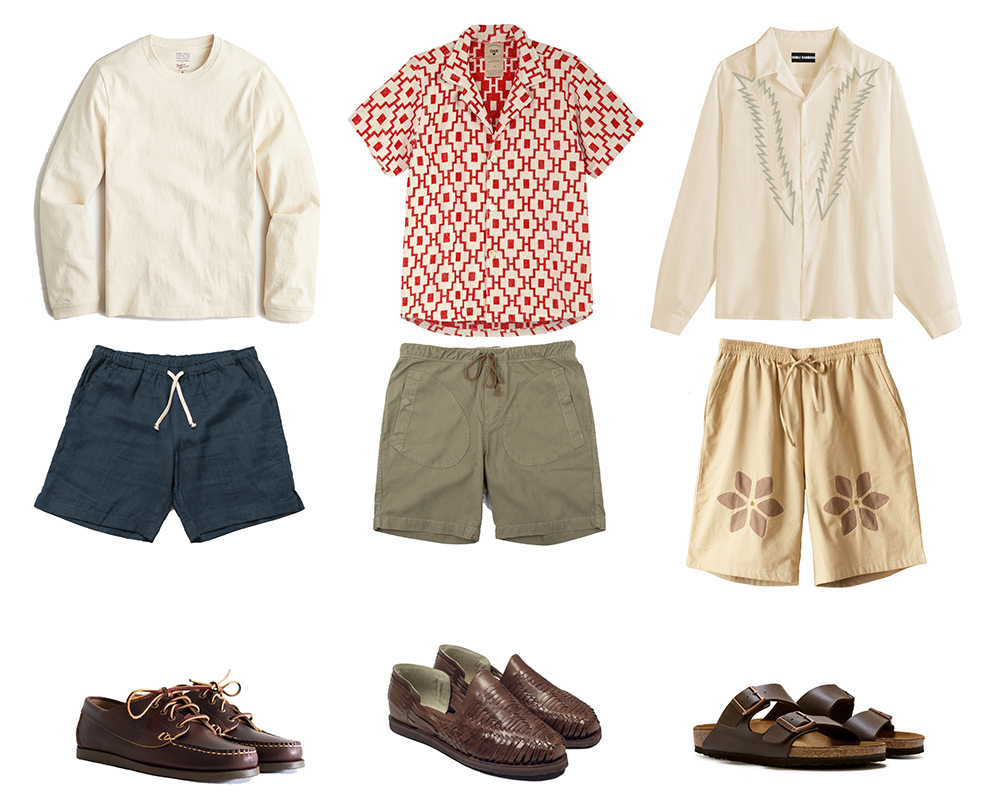
Very Casual
Settings: Beach towns, pool parties, BBQs, outdoorsy activities, hanging out in the neighborhood on hot days, and any time you just want to relax
Finally, we have shorts. There’s no topic in the world of men’s style more controversial than whether men should be allowed to show skin below the waistline. Shorts are considered a no-no because they reveal men’s gams; sandals are frowned upon because they show toes. Even today, people still debate whether it’s OK for a man to not wear socks. I think these things are contextual. If you’re going to a pool party, BBQ, or hanging out at a beach town, I can’t think of anything better than a pair of shorts. Even on sweltering hot days, everything else seems second-best. Suits and sport coats are too formal, smart casual risks getting stained, and heavy workwear can feel stifling.
The good news is that shorts can be worn well. Avoid things that look like slim chinos that have been carefully hemmed at the knee. When shorts look too slim, long, or otherwise perfectly tailored, the outfit ends up looking too uptight. Instead, if you’re going to wear shorts, lean into the look. Shorts often do better when they end mid-thigh, which tends to be somewhere between a five- and seven-inch inseam (inclusive) for most men. I personally like mid-thigh shorts that flare out a little, as they give the illusion of leg muscles.
There are countless options for good shorts. Todd Snyder, J. Crew, Save Khaki United, and Patagonia are all solid starting places. American Trench makes washed linen shorts with an elasticated waistband, which will feel more comfortable than button closures. You can wear them with a retro-styled polo, camp collar shirt, Cuban collar shirt, or long-sleeved tee. For footwear, either white canvas sneakers or leather camp mocs will give you some good Harrison Ford vibes.
Alternatively, you can throw this look in different directions. Freenote Cloth’s olive deck shorts paired with an OAS terrycloth shirt and some Chamula huaraches look like the sort of thing you’d want to wear when getting tacos in a beach town. For something you can wear at home while listening to Yusef Lateef LPs, I would do Niche’s flower-cut work shorts paired with Double Rainbouu’s Western shirt and some Birkenstocks. Either the Arizonas or Bostons work well, depending on how you feel about your toes.







